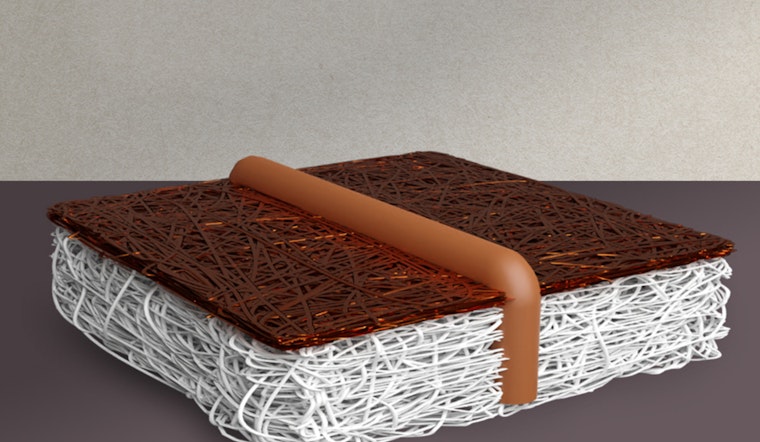As the quest to mitigate climate change intensifies, MIT engineers are at the forefront, devising more practical methods to convert carbon dioxide into valuable commodities, a recent report by
MIT News
details. This innovative approach potentially offers a cost-effective path towards producing materials like transportation fuels and chemical feedstocks, possibly transforming how we deal with one of the most pressing greenhouse gases.
According to the findings published in Nature Communications, the team, including doctoral student Simon Rufer and Professor of mechanical engineering Kripa Varanasi, has enhanced the efficiency of electrochemical systems that turn CO2 into products such as ethylene, commonly used in plastics and fuel and typically derived from petroleum, Varanasi emphasized the gravity of the CO2 issue and the importance of making the conversion process not only viable but also scalable and economical in a statement obtained by
MIT News
. The researchers tackled a major hurdle in the conversion process: the design of gas diffusion electrodes, which are crucial for the electrochemical reaction, by developing a new breed of electrodes that marry both conductivity with hydrophobic properties, essential characteristics that, until now, had been mutually exclusive.
The team’s breakthrough lies in the electrode design, where they employed PTFE, popularly known as Teflon, noted for its hydrophobic qualities but poor electrical conductivity, by integrating conductive copper wires into the PTFE, they struck a balance, achieving high-level conductivity without compromising the water-repelling properties. As Varanasi told
MIT News
, “This work really addressed this challenge, as we can now get both conductivity and hydrophobicity.”
In order to demonstrate potential scalability, the
MIT
researchers manufactured an electrode 10 times larger than typical lab samples, and their tests highlighted a critical relationship between conductivity and electrode size—a relationship that had not been meticulously analyzed before, according to Rufer, with larger electrodes traditionally leading to a decrease in performance and an uptick in undesirable byproducts, their innovation offers a promising solution for scaling the technology to meet industrial needs. The incorporation of conductive wires mitigates the issues associated with scaling by creating smaller electrode subsections that maintain high efficiency, they also successfully ran their test electrode continuously for 75 hours to prove its durability, a remarkable feat considering the system’s increase from the usual lab-scale size.
Significantly, this advancement, supported in part by Shell through the
MIT
Energy Initiative, is platform agnostic, meaning the copper wire technique can be applied to various kinds of gas diffusion electrodes, regardless of catalyst chemistry or morphology. This versatility and potential for integration into existing manufacturing processes could signify a substantial leap in our capabilities to process CO2 on a scale large enough to make a tangible impact on our environment, reflecting both innovation and pragmatism in the face of a global challenge.
Note: Thank you for visiting our website! We strive to keep you informed with the latest updates based on expected timelines, although please note that we are not affiliated with any official bodies. Our team is committed to ensuring accuracy and transparency in our reporting, verifying all information before publication. We aim to bring you reliable news, and if you have any questions or concerns about our content, feel free to reach out to us via email. We appreciate your trust and support!



Leave a Reply